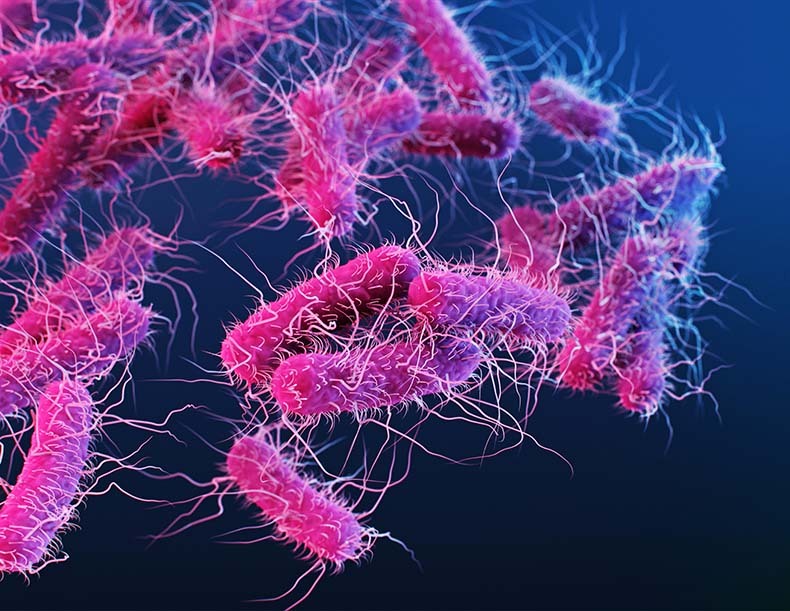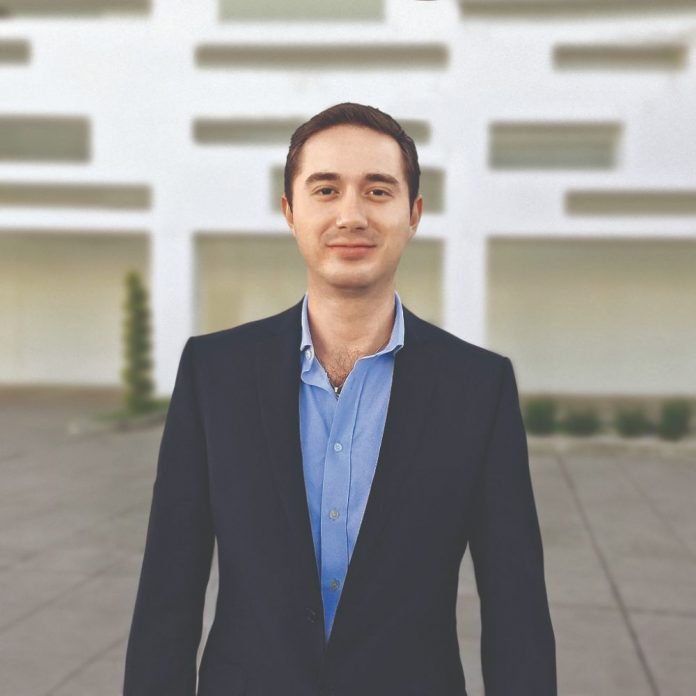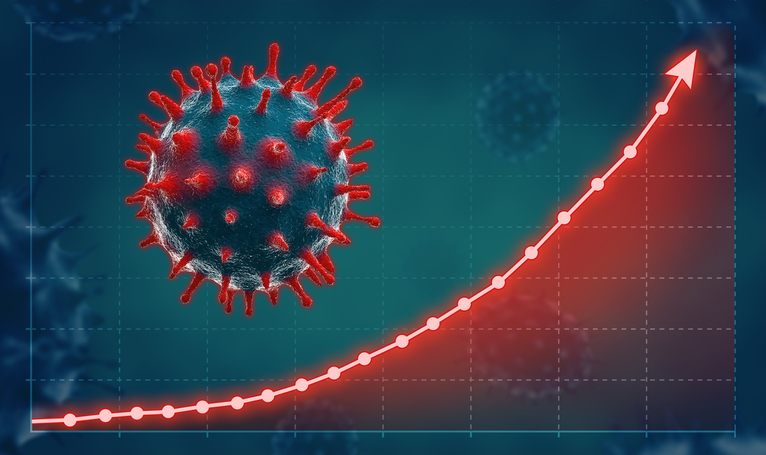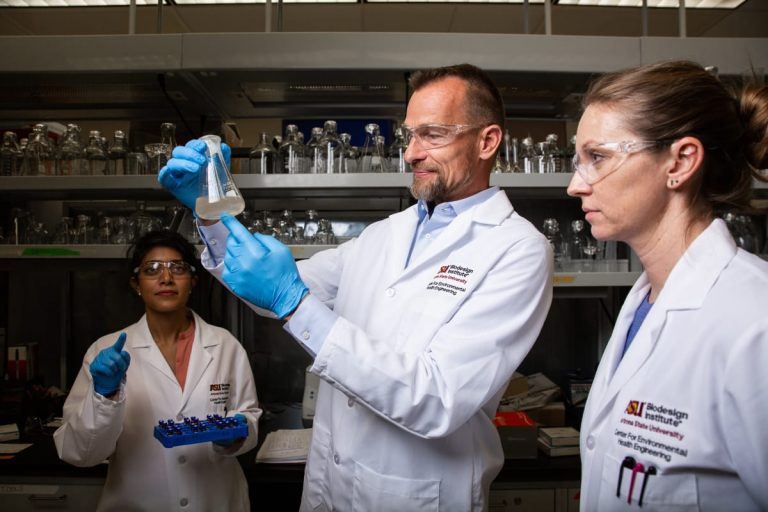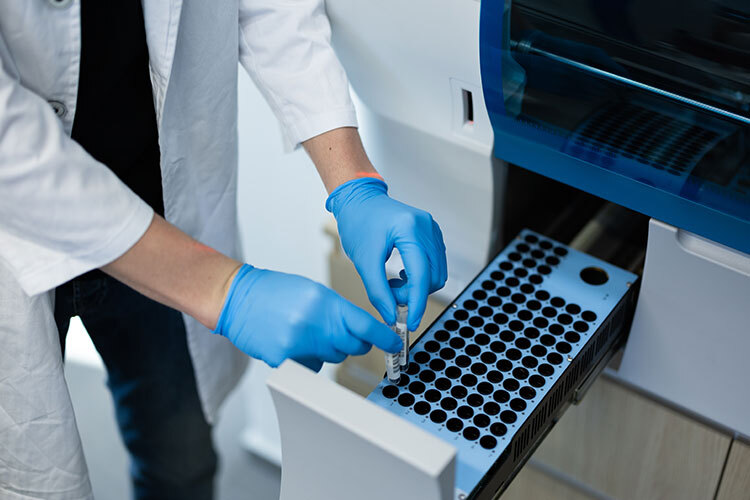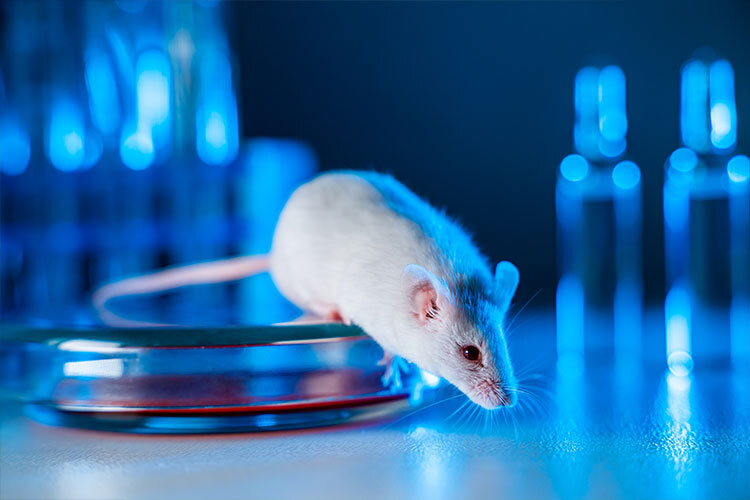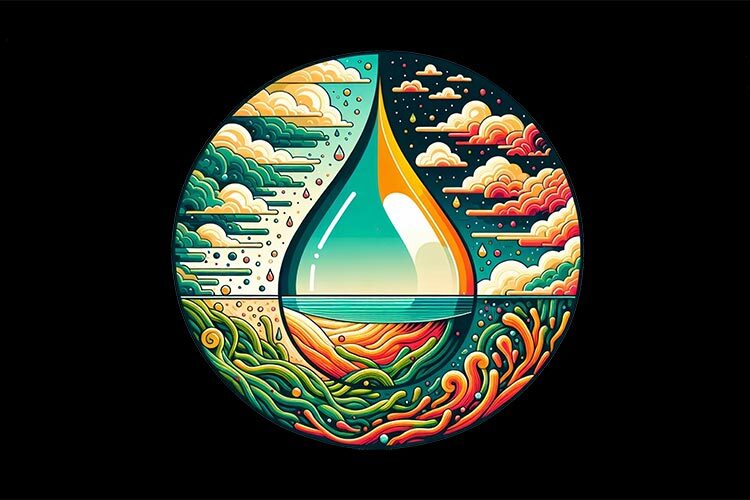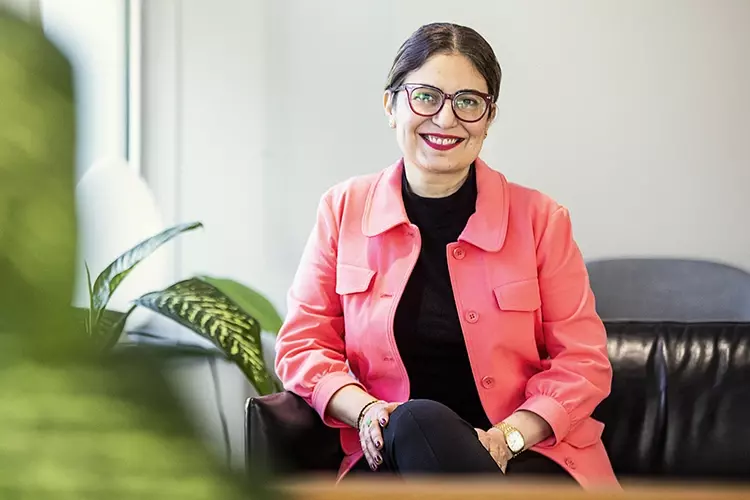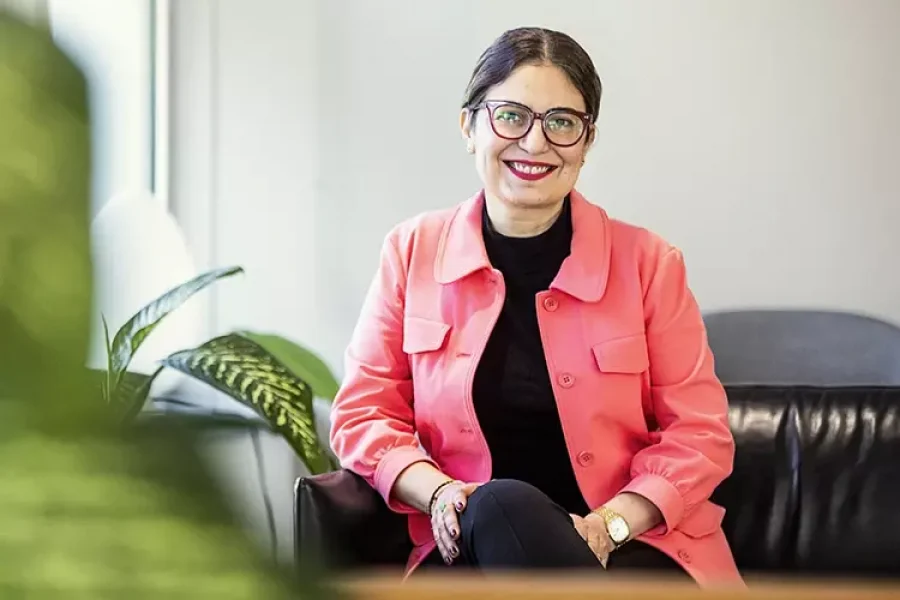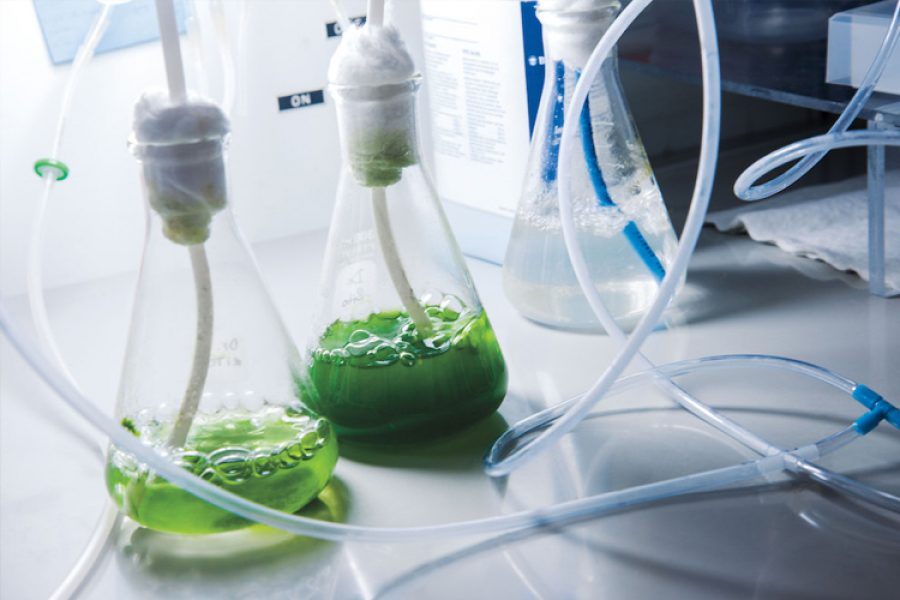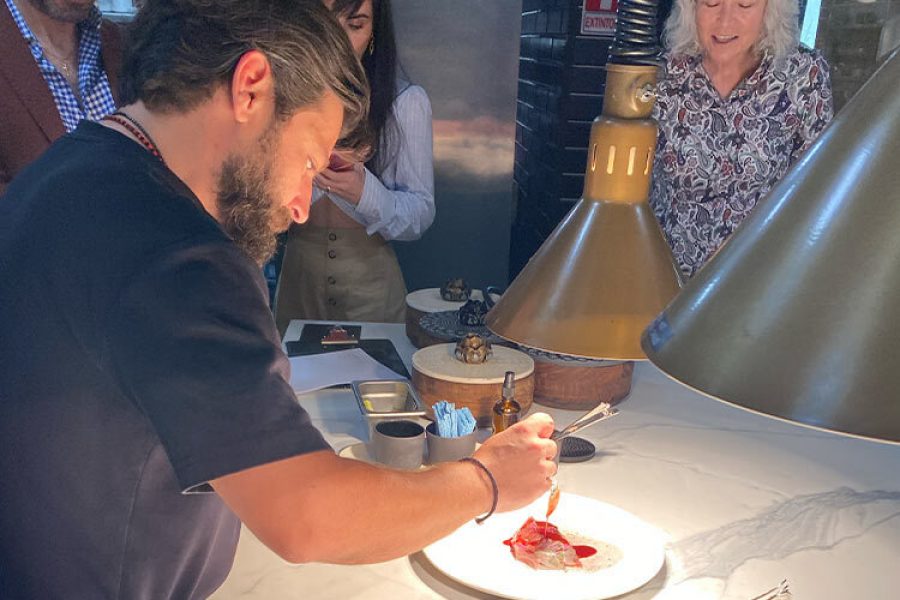Just like something out of Jurassic Park, biotechnologist César de la Fuente from the University of Pennsylvania, who was listed as one of the top 10 innovators under 35 by the Massachusetts Institute of Technology (MIT), explains his research on the invention of new antibiotics that help to combat antimicrobial resistance.
In Steven Spielberg’s 1993 movie, scientists extract DNA from fossilized mosquitoes that had fed on dinosaurs. Using this information, they are able to recreate their genomes and clone the embryos of dinosaurs that will soon inhabit a theme park. That’s what inspired De La Fuente.
As they are used to adapt to any environment, bacteria have developed such a resistance to antibiotics that the United Nations (UN) has said they could be responsible for ten million deaths a year by 2050.
(1/2)Check out our latest paper with @luispedrocoelho and @celiodiasjunior in @WileyGlobal Proteomics. We cover limitations of traditional methods and alternative approaches for discovering novel bioactive peptides. https://t.co/XaDyWwwl5r
— César de la Fuente (@delafuenteupenn) March 12, 2024
How Can We Create Better Antibiotics? César De la Fuente Explains
The problem, explains César De la Fuente, is that bacteria split in minutes, which enables them to acquire mutations and survive in such inhospitable environments as volcanoes or the seabed. “That’s what makes them fascinating,” says the biotechnologist.
For César De la Fuente, antibiotics are the most important invention made by medicine. Before their discovery, people used to die from any infection such as falling over and scraping their knees.
“Modern medicine would collapse without antibiotics. As interventions such as chemotherapy treatment are immunosuppressed, patients can get infected by any bacteria. When giving birth, mothers can also get infected” explains the expert.
However, bacteria have done what they know best: adapt. This is due in part to antibiotics being mass-prescribed to patients in hospitals, as well as the livestock industry using them on animals.
Antibiotics Created with AI
We have to look to nature to find an antibiotic, explains De La Fuente. For instance, by studying fungi to find a molecule that can combat certain bacteria. Hard research can then take up to ten years to turn this into a medicine. However, this process can be reduced to just a few weeks with the aid of Artificial Intelligence.
It all began over a decade ago, when he was finishing his doctorate. The researcher thought that he could use the then incipient AI for studying biology.
“That’s when we decided to get inspired by the greatest tool of diversity: evolution. And we taught a computer to execute this algorithm. We saw that a machine could create an antibiotic,” he says.
How did this happen?
The AI provided a sequence of molecules that could then be created in the laboratory with chemical methods. As if following a recipe, his team followed this sequence and were able to make a molecule that attacked bacteria. Then came the part inspired by Jurassic Park.
“We decided to explore the proteomes of our cousins, the Neanderthals, to find out if we could discover coded sequences in their proteomes. That led us to find antibiotics coded into ancient humans,” he says.
Still to come was the most exciting part of their research, when they set themselves the task of reviving those extinct molecules. One of them was Neanderthalin-1, which is one of the antibiotics that were effective on mice models.
